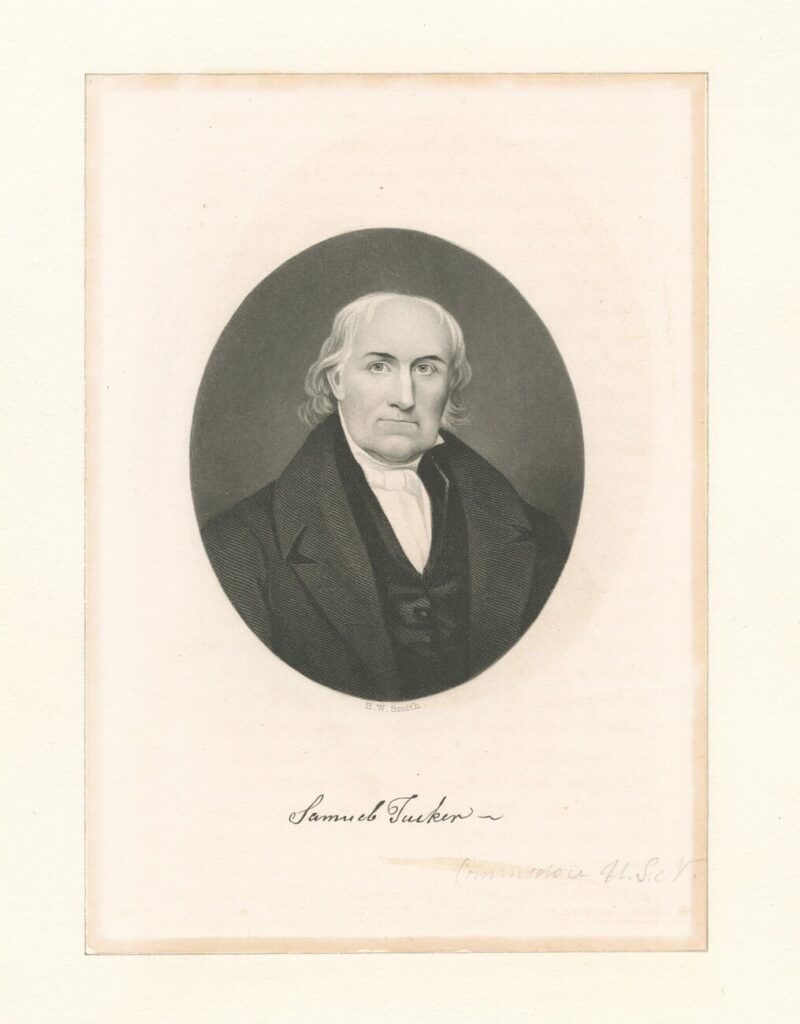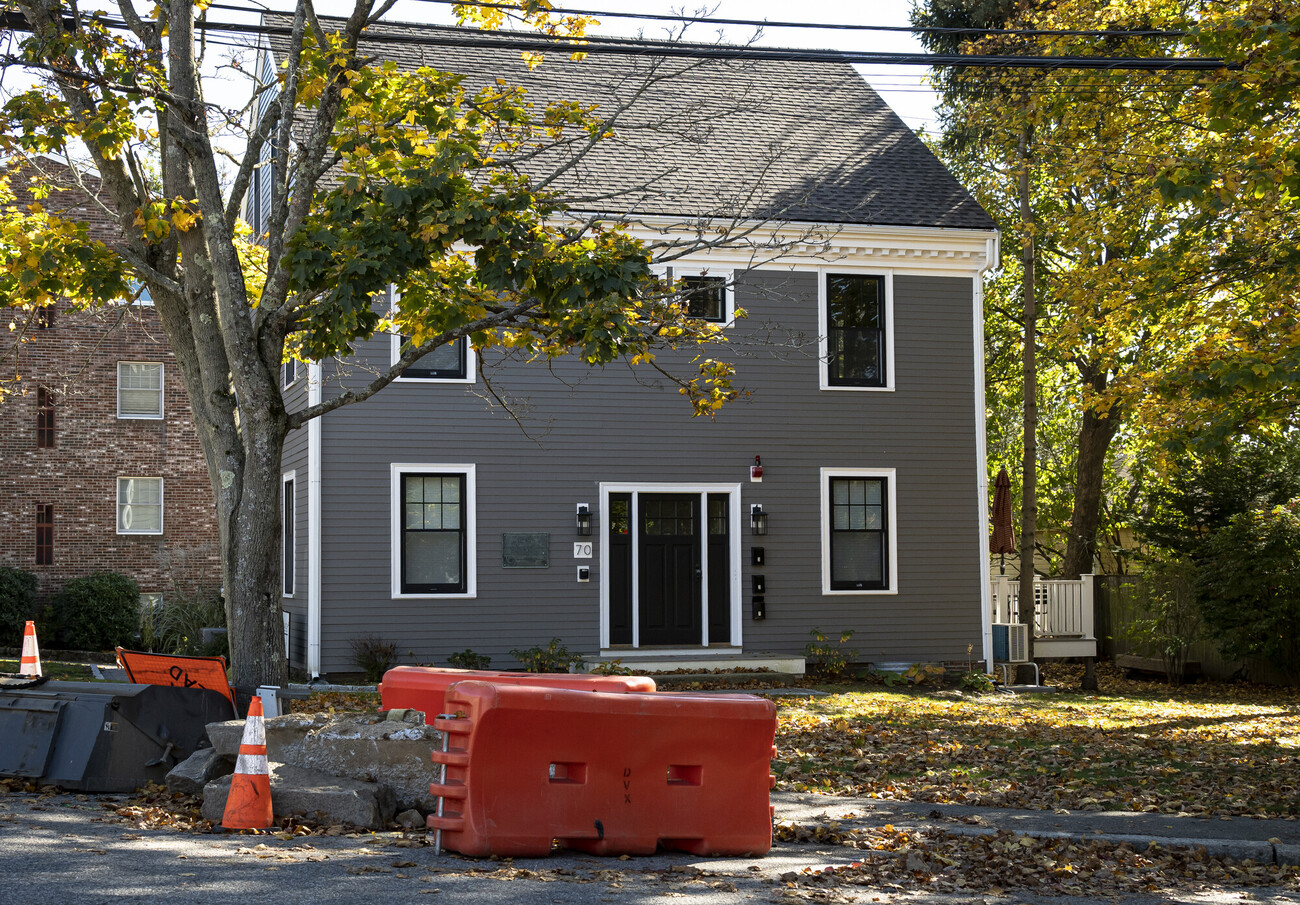Samuel Tucker was born in 1747 at 70 Prospect St. So, who is he?
Tucker, in regular Marblehead history fashion, was a Revolutionary War hero. According to a record from the Massachusetts Cultural Resource Information System (MACRIS), he got his first experience on the ocean in 1760. He worked as a cabin boy aboard a ship called the King George – ironic considering his future.
From there, Tucker climbed up the ranks and commanded a merchant ship in 1744.
When the Revolutionary War started in the colonies in April, Tucker was in England. But he did not let his fellow countrymen down. He returned in the fall of the same year and joined the war efforts. At the behest of George Washington, Tucker took command of a “small flotilla of armed schooners,” according to MACRIS, which Washington formed to spy on the British.
Tucker’s seafaring experience continued throughout the war, when on March 15, 1777, he took command of the frigate Boston, a type of warship. The MACRIS record states that Tucker’s original role was to lead “commerce-raiding forays” in the Atlantic. However, in 1778, he was charged with the responsibility of transporting newly appointed minister to France John Adams and his son from Braintree to Bordeaux, France.
The MACRIS document refers to a diary entry written by John Adams, which details a lightning storm in the middle of the Atlantic Ocean. The diary entry reads, “a thunder bolt struck [three] men upon deck and wounded one of them a little, by a scorch upon his shoulder. It also struck our Mmain topmast.” One of the sailors died days later, apparently suffering neurological issues as a result of the lightning strike.

After his return, Tucker participated in other military engagements. He was captured during two of them: once in May of 1780, while commanding the Boston in Charleston, S.C., and the second time less than a year later off of the St. Lawrence River in Canada. From the second, Tucker and his crew managed to escape and head back toward Massachusetts.
After the war, Tucker went back to commercial shipping and his house on Prospect Street. Upon retiring, Tucker and his wife, Mary Gatchrell, retired to a farm in Maine, where he eventually died.
The house has changed hands many times since Tucker moved up north, but there remains a plaque on the front of 70 Prospect denoting the naval officer’s birth.

